Fabulous Valle d’Aosta: Roman City of the Alps
Posted on July 1,2019 By John Compisi

We discovered Valle d’Aosta in September 2016 and fell in love! This historic region of northwest Italy is bordered by France and Switzerland to the west and north and Piemonte, Italy to the south and east. Lying in the Western Alps, it is known for the world renowned, snow-capped peaks the Matterhorn, Monte Rosa, Monte Blanco and Gran Paradiso which can be viewed and accessed from the valley. Major ski resorts include Courmayeur, Espace San Bernardo and Cervinia. The countryside is virtually littered with medieval castles and fortresses, such as the 14th-century Castello Fénis, Sarre, Forti di Bard and Castello di Verrès. Valle d’Aosta is the smallest and least populated of Italy’s 20 regions and has two official languages, Italian and French while at least half the population also speaks Valdôtain, a dialect of Arpitan (Franco-Provençal).
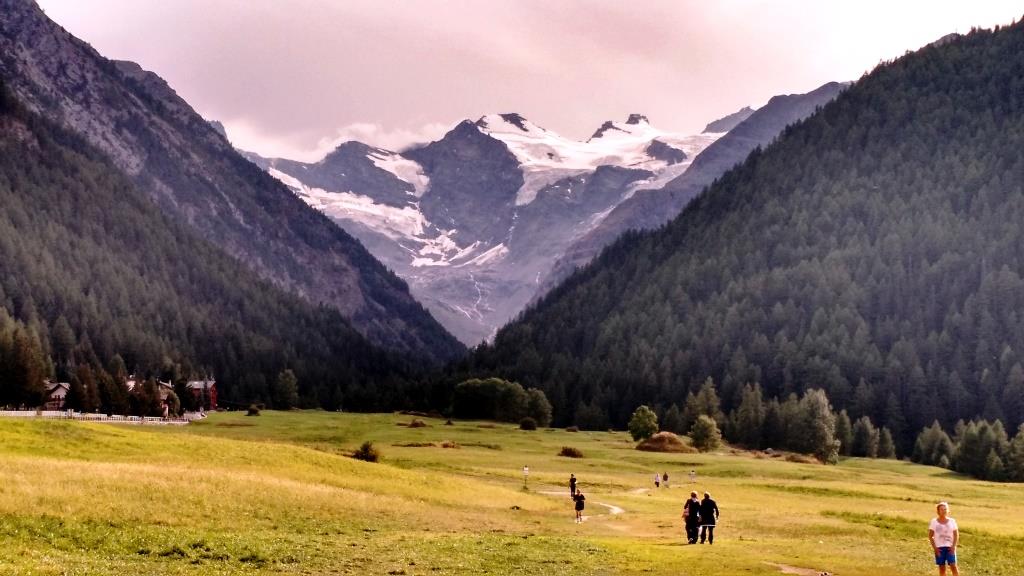
We stayed in the historic Roman city of Aosta for three nights and did not have enough time to experience all that is wonderful to see, do and taste there and in the surrounding area. What we did do was so wonderful that we intend to return soon. Our hotel was in the historic section making it delightful to walk during the day and into the evenings to enjoy the ambiance of this picturesque city. The historic area is about 1.2 km long and just about 3/4 of a km wide. The restaurant and wine bar scenes were electric with many locals and tourists out and about till late in the evening. We had excellent food (usually based upon potatoes, polenta, cheese and meat), local wine (sparkling, white and red) and cheese (Fontina) every day at lunch and dinner. So good!
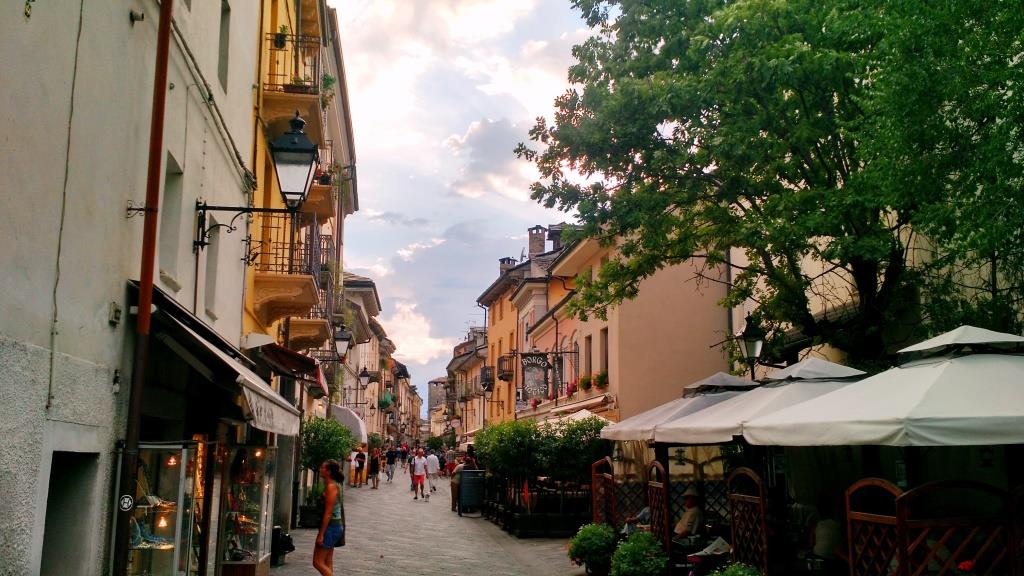
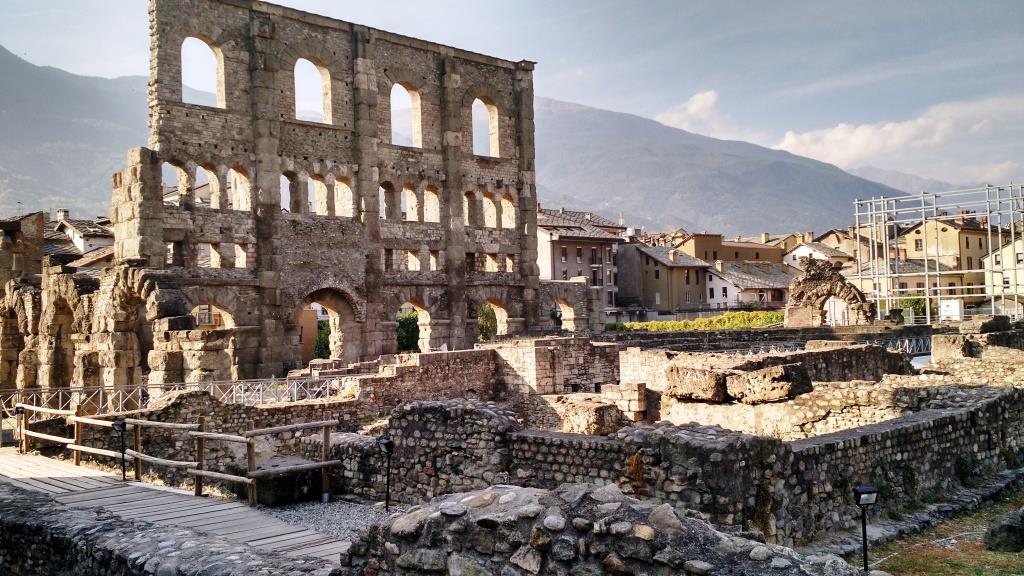
Perhaps most striking was the ruins of the Roman Theater adjacent to the historic city walls. The theater was built around 25 BC during the reign of Caesar Augustus from whom the city got its name. It was able to hold as many as 4,000 people depending upon the configuration and was the site of theatrical performances. Since its 2009 restoration, the theater has been the beautiful setting for modern musical and theatrical performances. There was an amphitheater nearby that was built during reign of Tiberius Claudius Caesar Augustus Germanicus (41 – 54 AD) demonstrating the importance of Aosta during the Roman Empire. The amphitheater was used for chariot races and gladiator combat events like the Coliseum in Rome – the most famous Amphitheater.
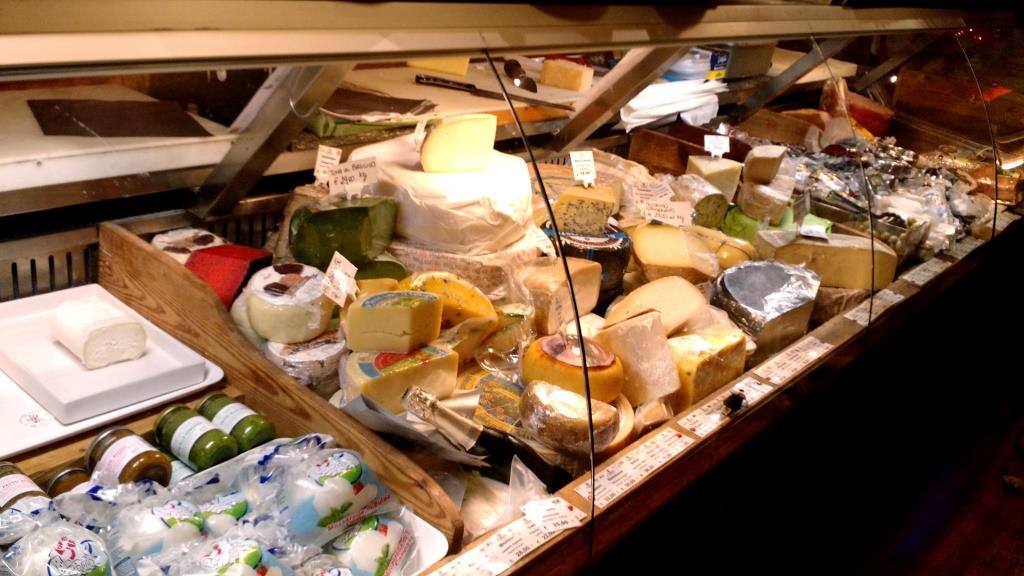
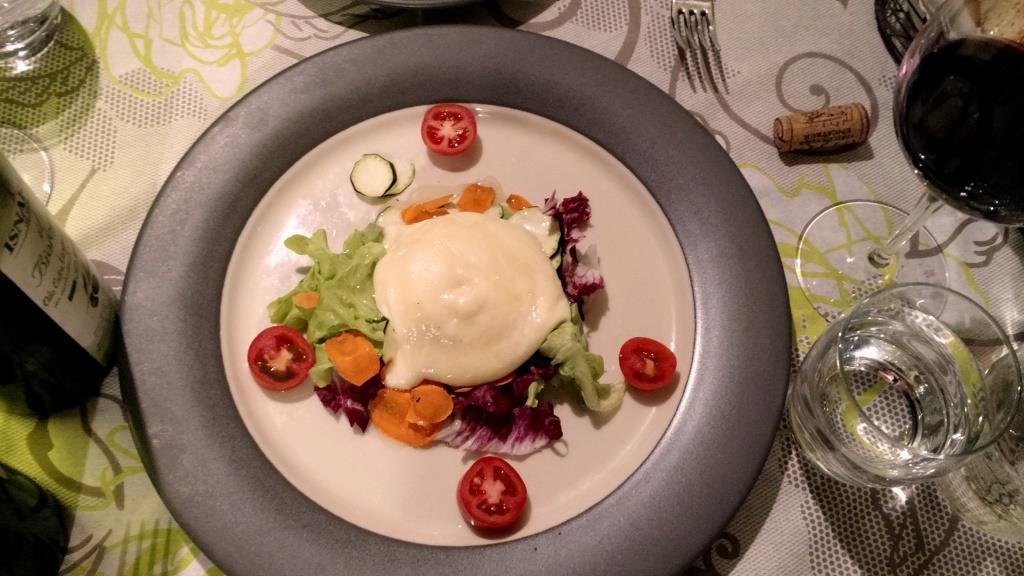
One day we took a drive to see the Roman Bridge-Aqueduct of Pont-d’Ael built around 3 BC during the reign of Caesar Augustus (born Gaius Octavius). The restoration of this treasure is amazing including the ability to walk across the open top where the water used to flow and also through the inside which was created to allow Roman maintenance workers to cross the gorge which the aqueduct spans, 66 meters (216 feet) below. Restorers have replaced the wooden plank deck inside with thick glass to allow visitors to look down through the glass at the interior construction. A bit of a queazy feeling but fascinating to walk this 60-meter span.
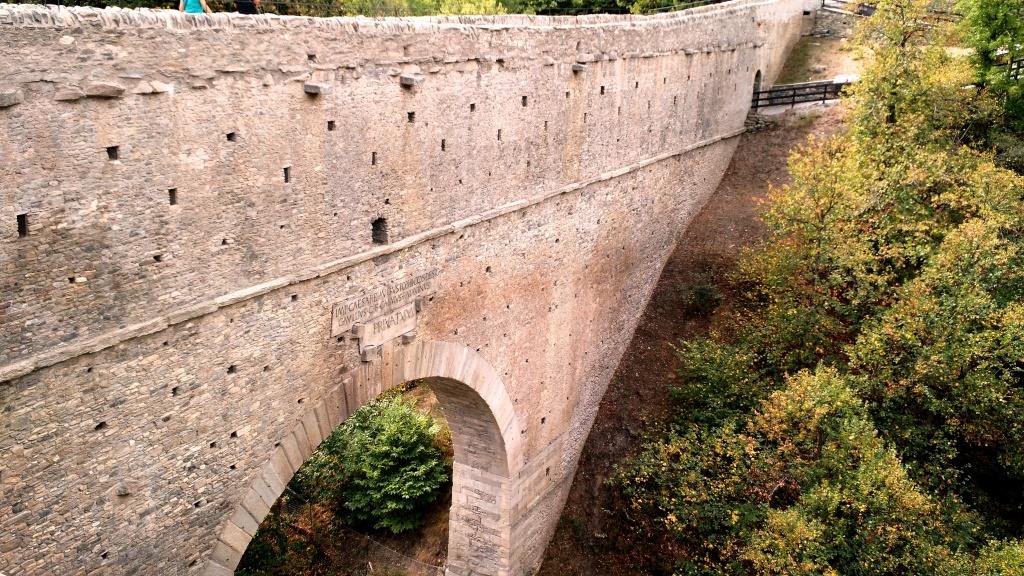
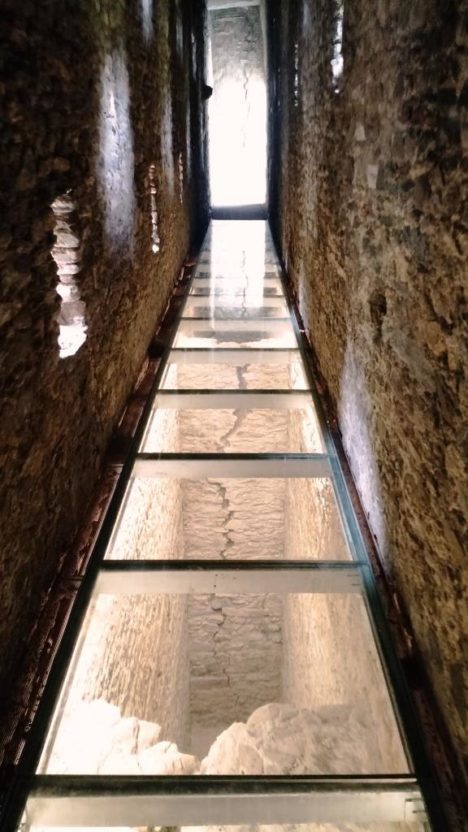
Continuing on from the aqueduct we arrived the city of Coyne. Beautifully situated and charming in view of the summit of Gran Paradiso (13,323′) the anchor of Gran Paradiso National Park. (http://www.pngp.it/en) We decided to have lunch at a trattoria on the Plaza only to realize that we had come across a rest station for the annual Tor des Géants. This annual 330 km endurance race must be completed in less than 150 hours and the participants (limited to 700) run and walk day and night to win. Coyne offered a rest stop where they could get a proper meal, a shower and a bed for respite before continuing. It was a kick as each participant arrived into the city center to appreciative applause and encouragement.
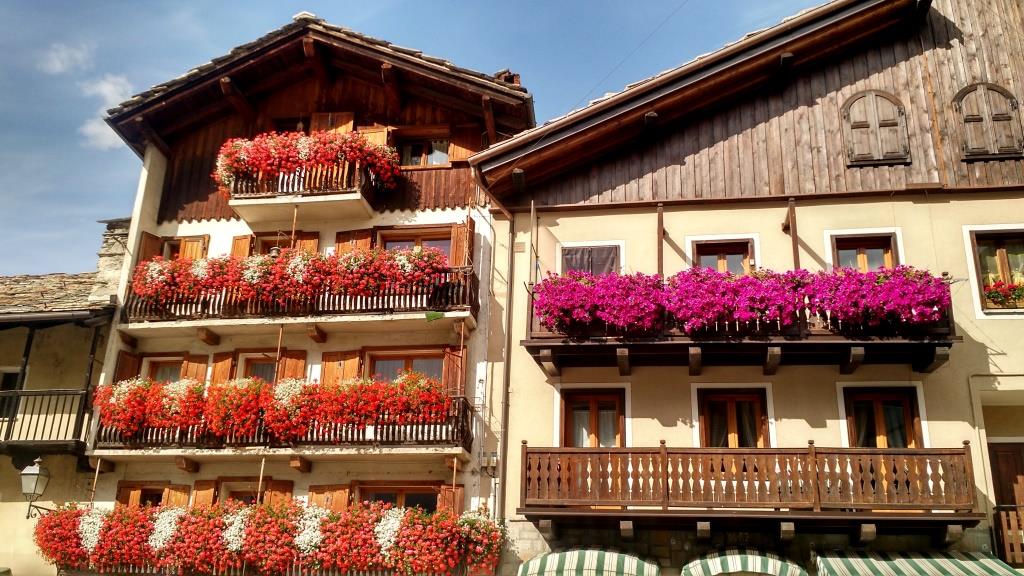

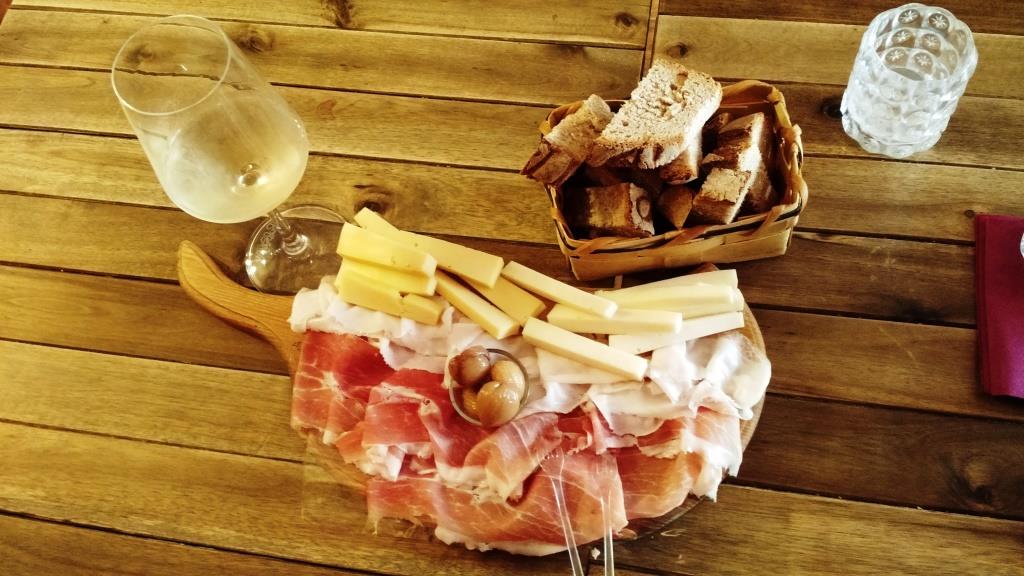
The next day we embarked about 30 miles south to the fortress town of Bard where we spent a few hours touring the Forti di Bard. The Fortress is built on a high rock outcropping at the southern end of the city where the valley narrows offering a perfect defensible choke point to any approaching armies. Various millennia saw different fortifications at this spot and one of the most famous was razed by Napoleon as punishment after a small force inside the fort resisted his 40,000 strong army for two weeks. The current fort was built in the 1830’s by the House of Savoy. It was full restored in 2006 and reopened to tourists as the Museum of the Alps with additional art exhibitions and galleries and a very interesting military museum in the former military prison. In the summer, the main courtyard is used to host musical and theatrical performances.
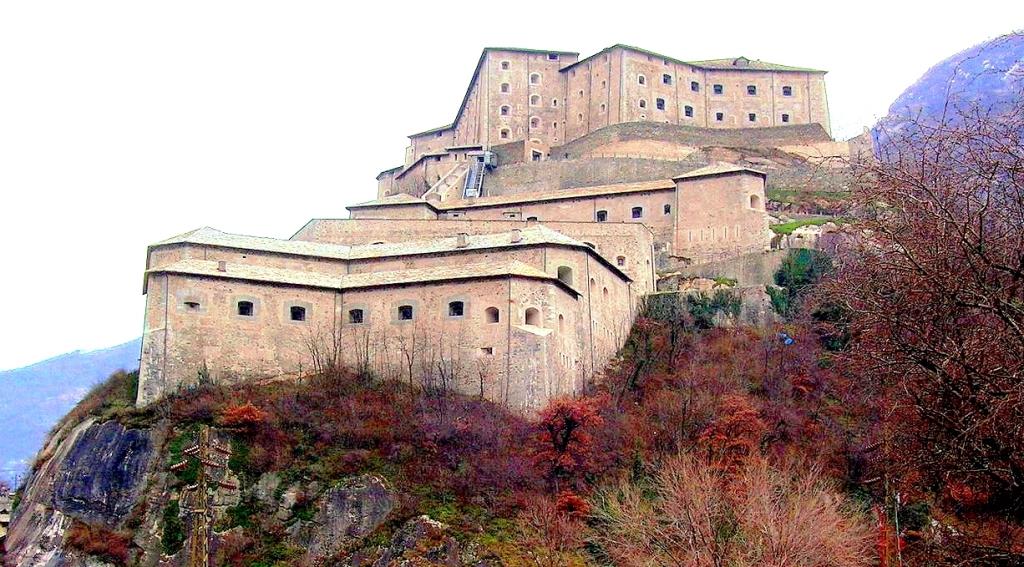
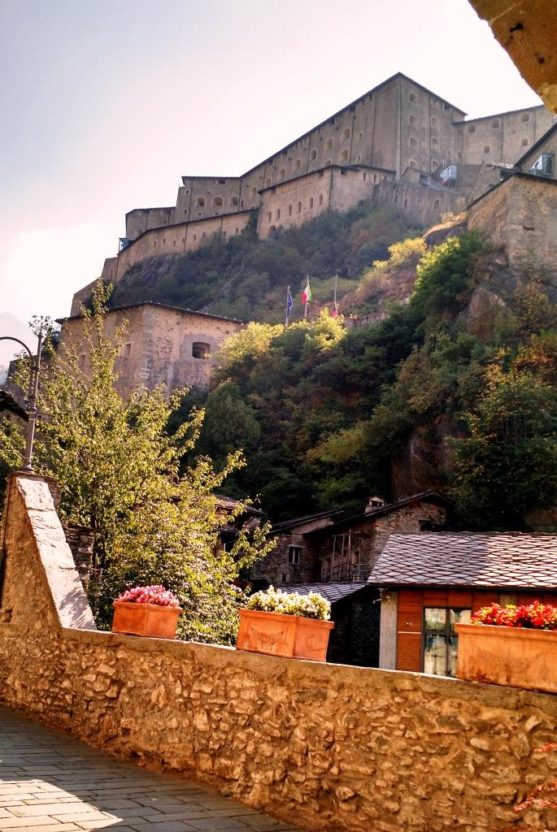
The Aosta Valley is very easy to get to via Geneva, Switzerland or Turin, Italy and so worth 3-5 days of your precious travel time and dollars. This destination should be on everyone’s itinerary.
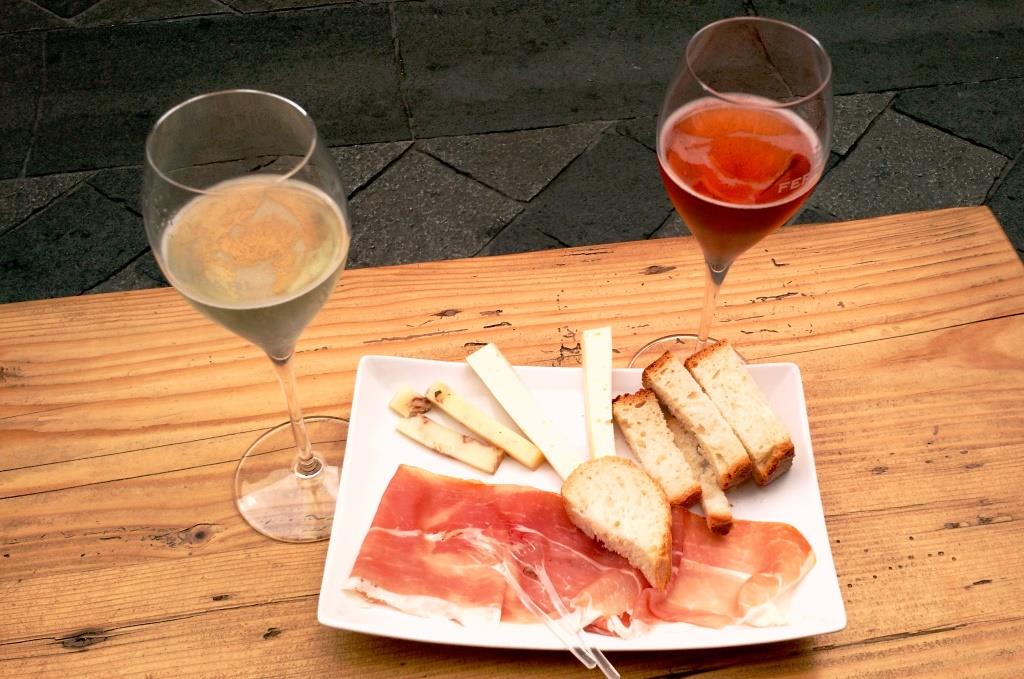
Where to stay in Aosta: The HB Aosta Hotel is the largest hotel in the historic section of Aosta making it perfect for walking around to see the sights, the coliseum and to the many excellent restaurants and wine bars located there.
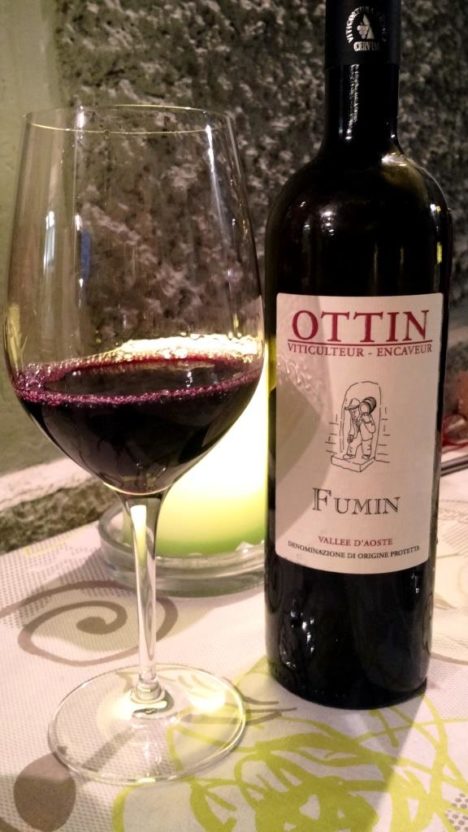
The write-up is so inviting I now have to go for a visit. Beautiful and exciting.
You certainly will Bob.